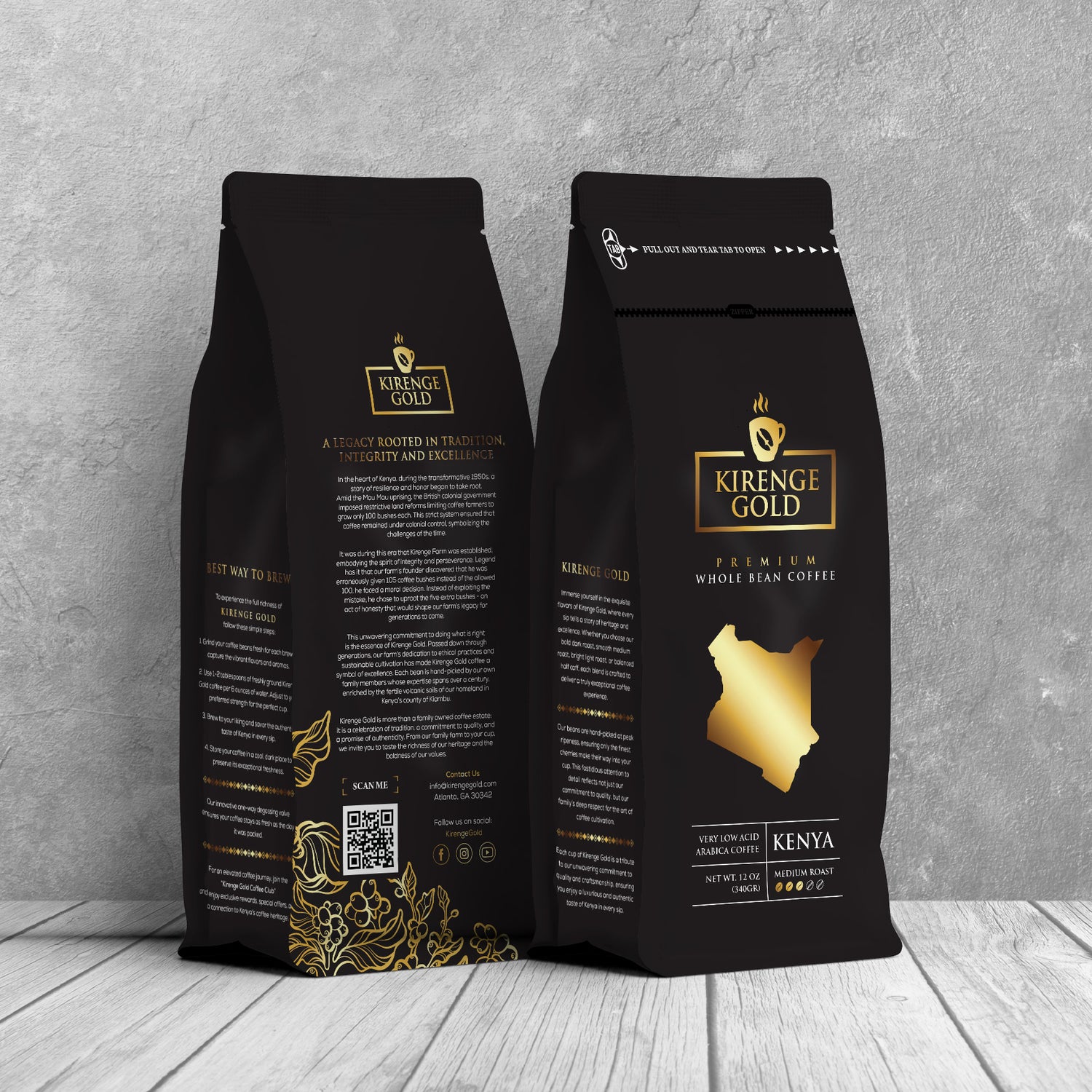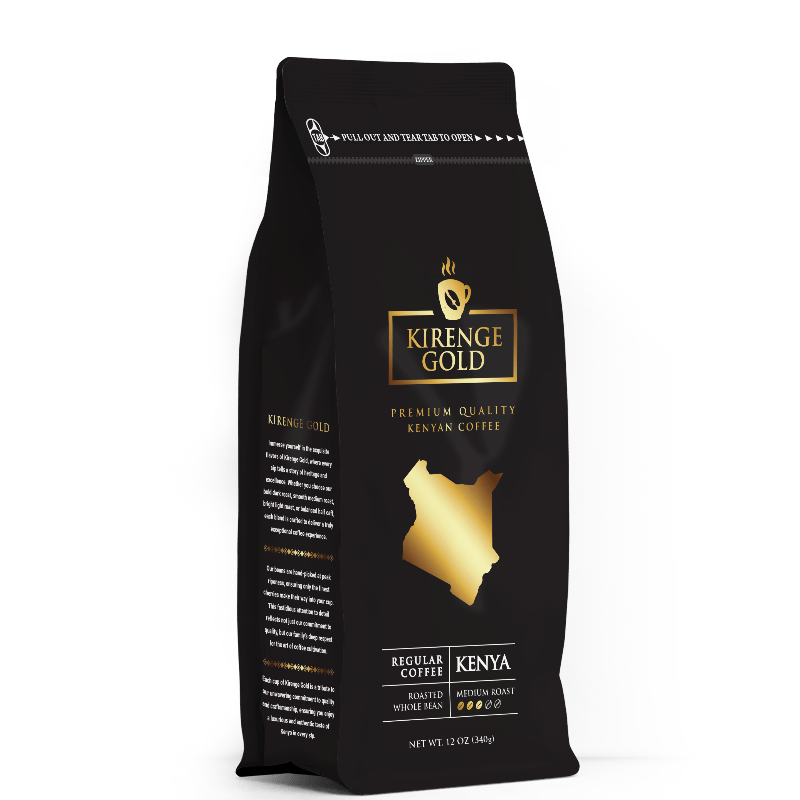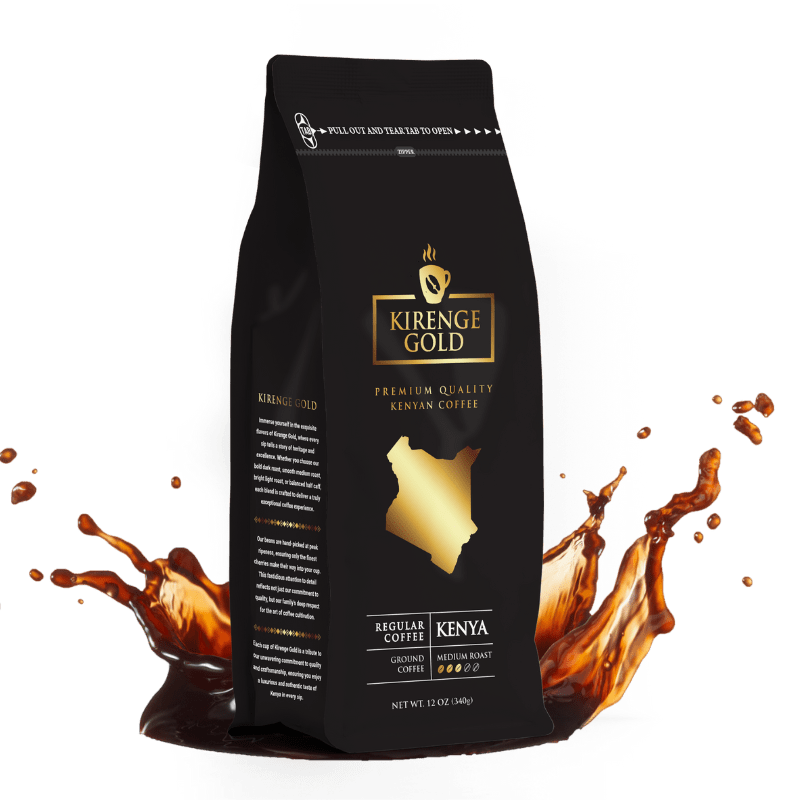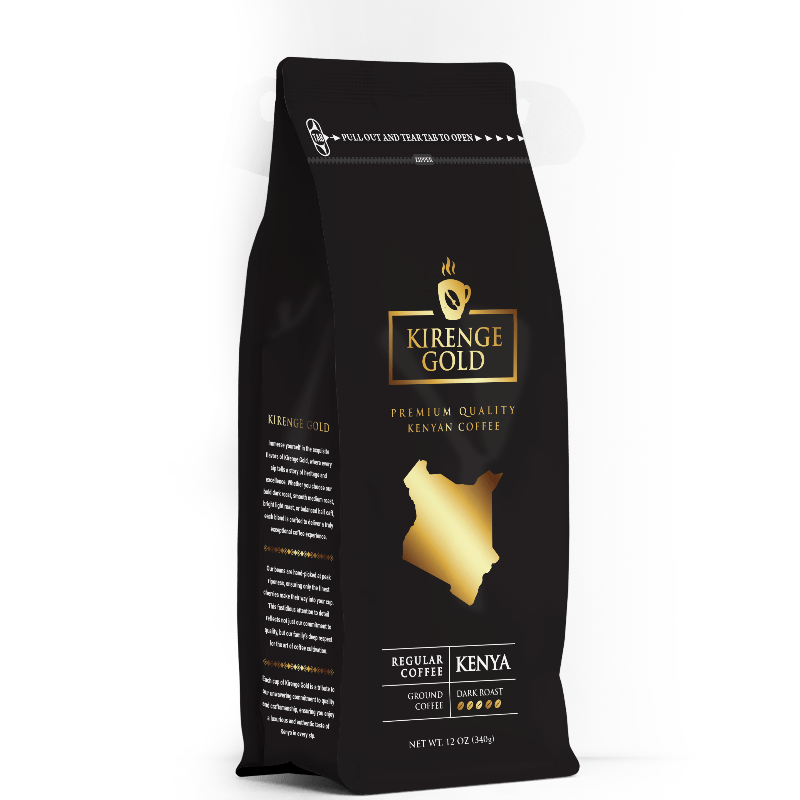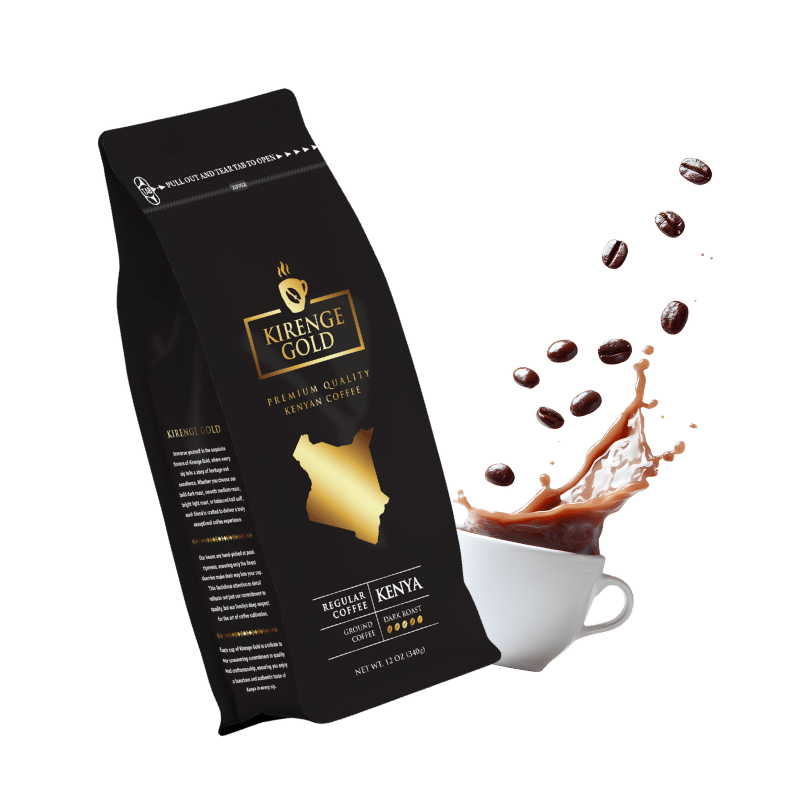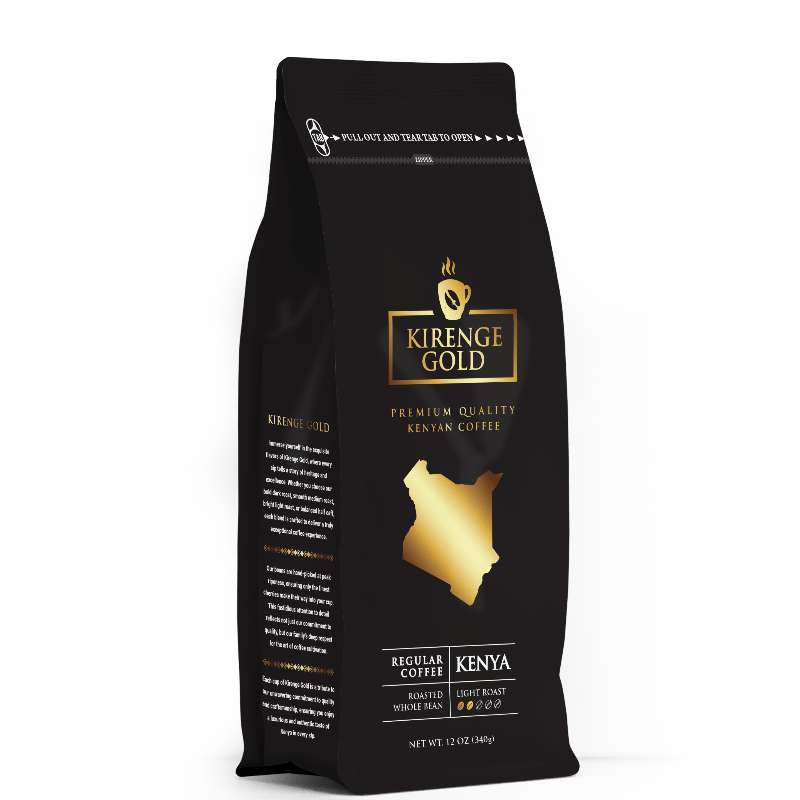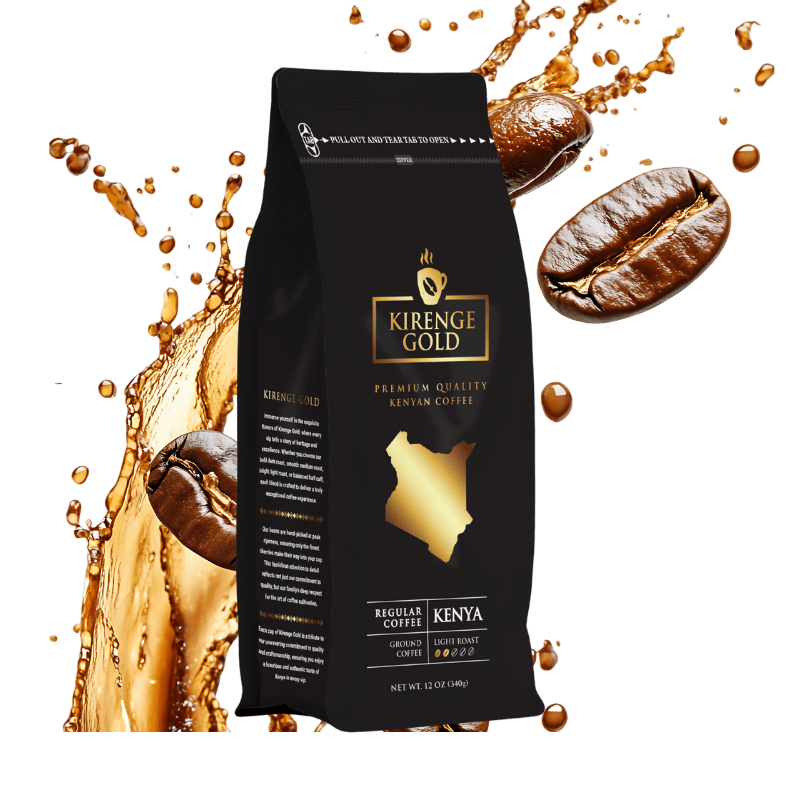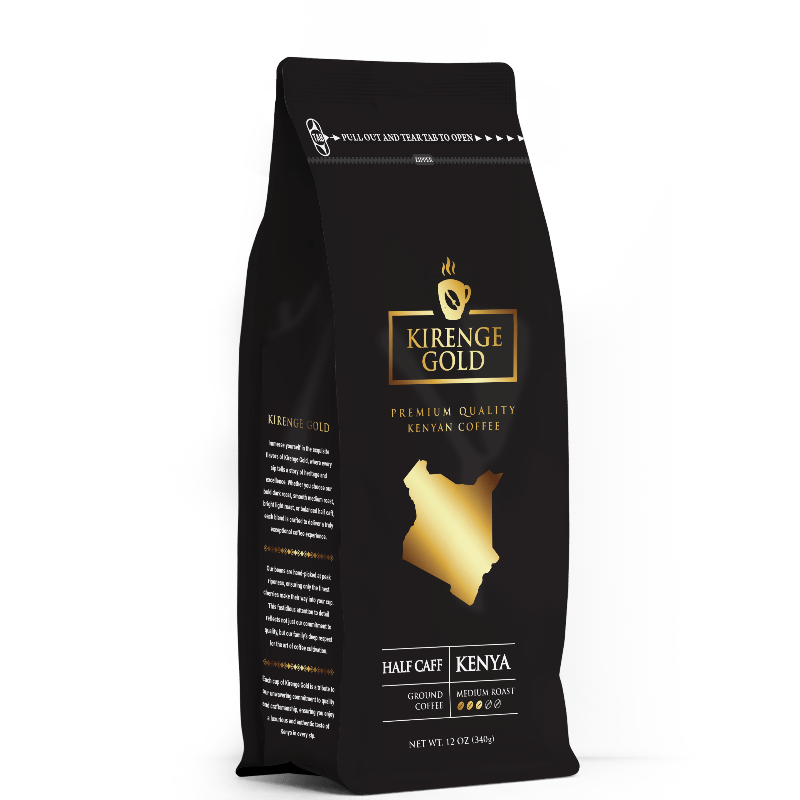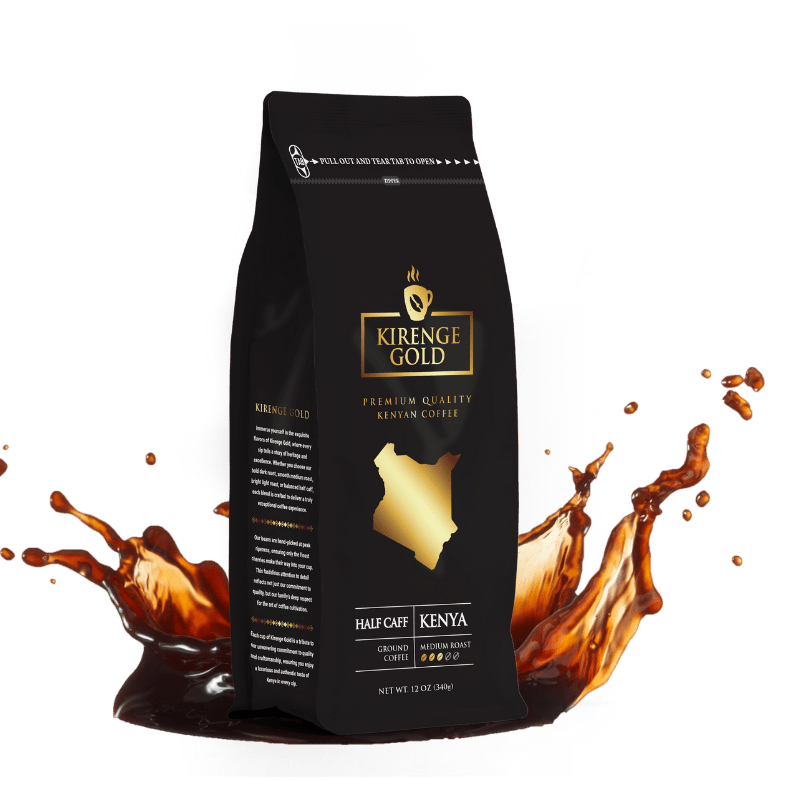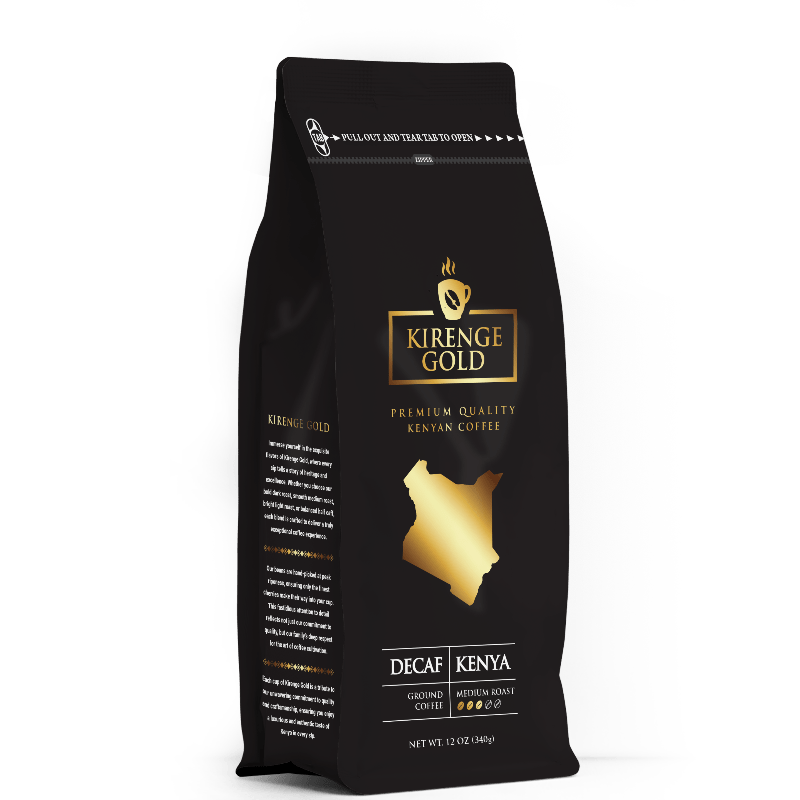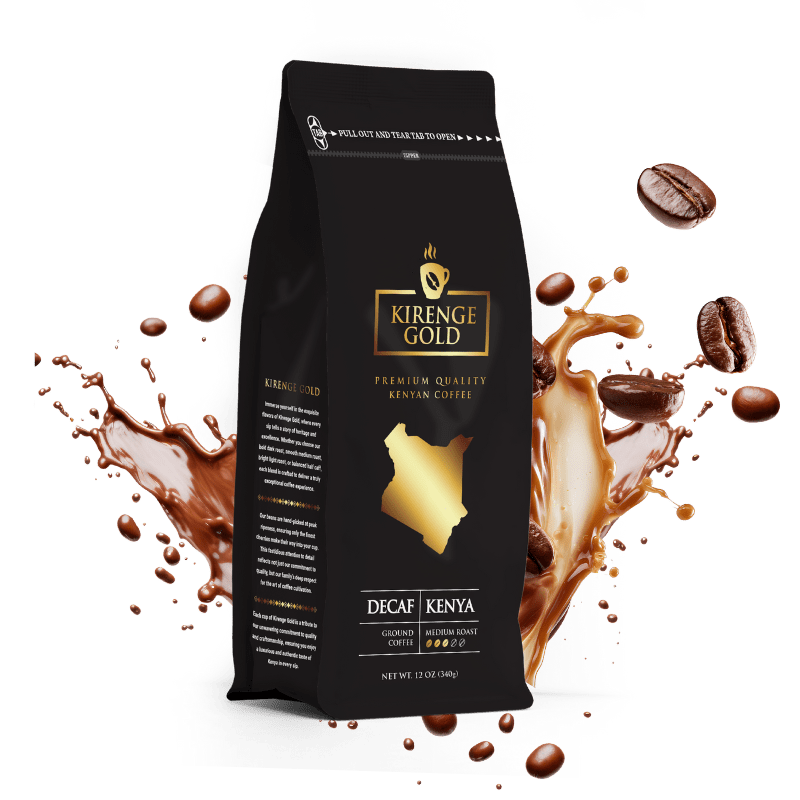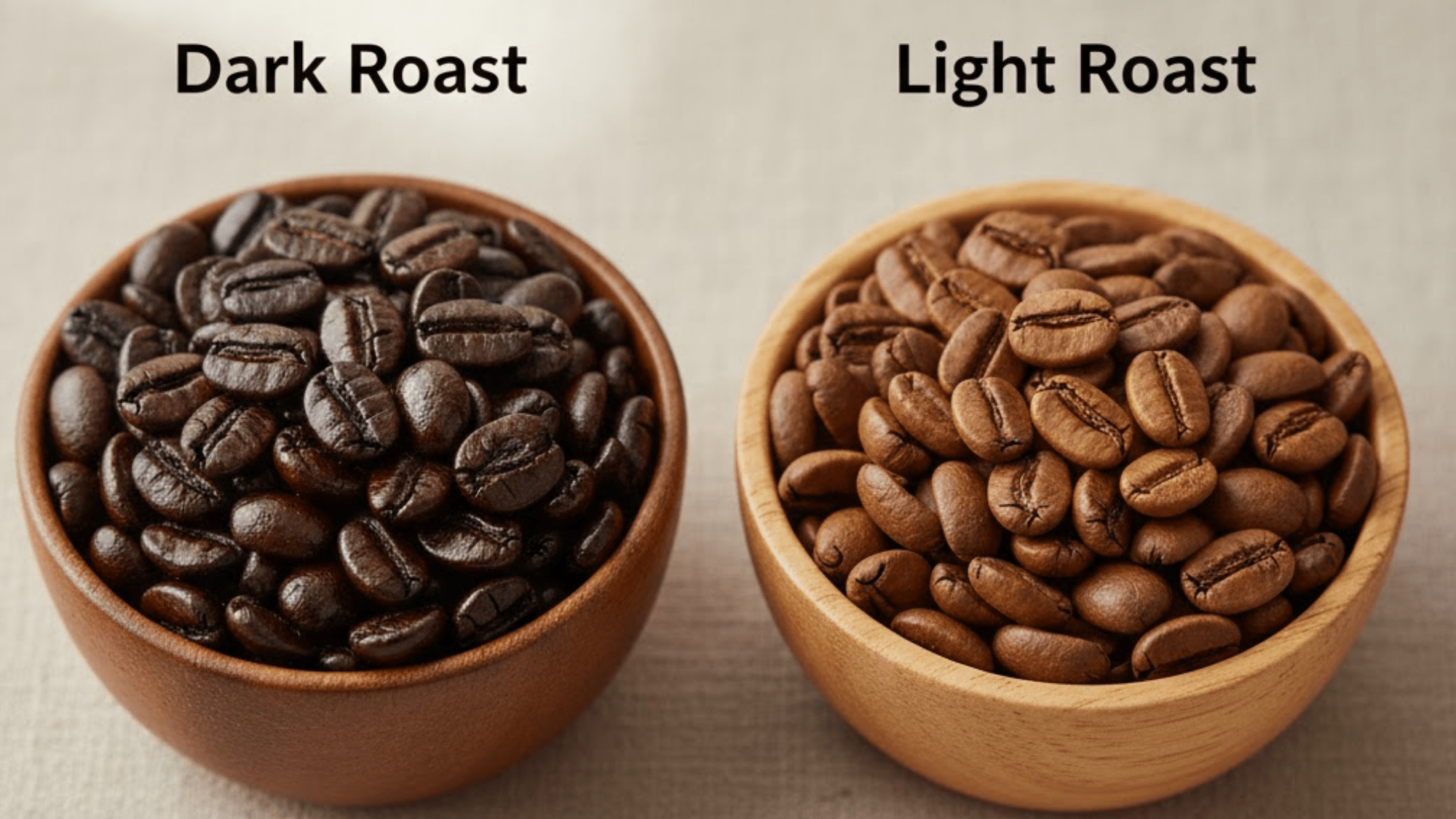
Light Roast vs Dark Roast Coffee: Taste and Health Differences
Every coffee lover eventually faces the question: Should I drink light roast or dark roast coffee? For many, it’s a matter of taste. For others, health benefits, caffeine content, or brewing style are deciding factors.
But what if we told you that the roast level can completely transform how your coffee tastes, feels, and even impacts your body? And more importantly, which roast brings out the very best in premium Kenyan coffee?
Let’s explore the differences between light and dark roast coffee, breaking down everything from flavor to health benefits, so you can make the best choice for your morning brew.
What Is Coffee Roasting?
Roasting is the process of transforming raw green coffee beans into the aromatic brown beans we brew. During roasting, heat triggers chemical changes that unlock flavor, aroma, and color.
The three main roast levels:
-
Light Roast: Beans are roasted for a shorter time, retaining more of their original flavor.
-
Medium Roast: Balanced between acidity and body, often a “sweet spot” for many drinkers.
-
Dark Roast: Beans are roasted longer, resulting in bold, smoky, and bitter flavors.
The roast you choose determines how much of the bean’s natural origin flavors remain versus how much the roast character dominates.
☕ Flavor Differences: Bright vs Bold
Light Roast Coffee
-
Retains more of the bean’s original characteristics.
-
Flavor: Fruity, floral, citrusy, sometimes tea-like.
-
Acidity: Higher, giving it brightness and complexity.
-
Best for: Highlighting unique single origins (like Kenyan AA).
Dark Roast Coffee
-
Roast flavors dominate.
-
Flavor: Bold, smoky, chocolatey, sometimes bitter.
-
Acidity: Lower, with heavier body.
-
Best for: Espresso, cappuccinos, or those who love a strong, classic taste.
Premium Kenyan Coffee, with its natural wine-like acidity and fruity notes, is best showcased in a light to medium roast.
Caffeine Content: The Myth Debunked
Many people believe dark roast has more caffeine because it tastes stronger. But the truth is surprising:
-
Light Roast: Retains slightly more caffeine by volume since beans are denser.
-
Dark Roast: Loses some caffeine during extended roasting but weighs less per bean.
Cup for cup, the difference is minimal. What changes most is perception — dark roast tastes bolder, so people assume it’s “stronger.”
Health Differences
Antioxidants and Acidity
-
Light Roast: Higher levels of antioxidants such as chlorogenic acid, which support metabolism and may reduce inflammation.
-
Dark Roast: Lower in antioxidants, but less acidic — making it easier on sensitive stomachs.
Weight Management
Studies suggest light roast coffee may help reduce body fat due to higher antioxidant retention.
Blood Sugar Regulation
Some research indicates dark roast coffee could be more effective at restoring antioxidants in people with diabetes.
Both roast levels have health benefits — the choice depends on your body’s response and personal goals.
Global Preferences
-
United States: Specialty coffee lovers prefer light to medium roasts to enjoy origin-specific flavors.
-
Europe: Dark roasts dominate, especially in Italy and France where espresso culture thrives.
-
Kenya: Specialty roasters typically highlight light to medium roasts to preserve the vibrant notes of Kenyan Arabica.
Brewing Methods for Each Roast
-
Light Roast: Best for pour-over, Chemex, Aeropress, and drip coffee — all methods that highlight delicate flavors.
-
Dark Roast: Best for espresso, moka pot, or French press — methods that emphasize bold body and crema.
If you’re brewing Premium Kenyan Coffee, try it in a pour-over or Chemex at a medium grind. You’ll experience the full spectrum of fruity, floral, and wine-like flavors.
Price and Market Value
-
Light Roast: Often sold as single origin premium coffee to highlight terroir and uniqueness.
-
Dark Roast: Common in supermarket brands and espresso blends, where roast profile is more important than origin.
Since Kenyan AA coffee is prized for its origin flavors, it’s rarely roasted dark — doing so would mask its natural complexity.
Quick Comparison Table
| Feature | Light Roast Coffee | Dark Roast Coffee |
|---|---|---|
| Flavor | Fruity, floral, citrusy | Bold, smoky, chocolatey |
| Acidity | High (bright, crisp) | Low (smooth, heavy) |
| Caffeine | Slightly higher by volume | Slightly lower by volume |
| Antioxidants | Higher | Lower |
| Best Brewing | Pour-over, Chemex, drip | Espresso, moka pot, French press |
| Best For | Coffee enthusiasts, single origin lovers | Bold coffee drinkers, espresso fans |
FAQs
Q: Which roast is healthier?
Both have benefits. Light roast has more antioxidants; dark roast is gentler on the stomach.
Q: Which roast has more caffeine?
Light roast retains slightly more caffeine, but the difference is small.
Q: Why does dark roast taste stronger?
Because the longer roast creates bold, smoky flavors that dominate the cup.
Q: Which roast is best for Kenyan coffee?
Light to medium roast, as it preserves the bright acidity and fruit-forward notes Kenyan coffee is known for.
Choosing Your Roast
The debate between light roast and dark roast comes down to personal taste and purpose. If you love exploring unique flavors, single origin coffees like Premium Kenyan AA Arabica are best enjoyed lightly roasted. If you prefer bold, traditional flavors, dark roasts may be your go-to.
At Kirenge Gold, we roast our beans to highlight what makes Kenyan coffee exceptional — its fruity brightness, wine-like acidity, and clean finish.
👉 Shop Premium Kenyan Coffee today and discover the roast that matches your perfect cup.
Share

